Bahía Drake and Corcovado
प्रकाशित: 29.01.2019






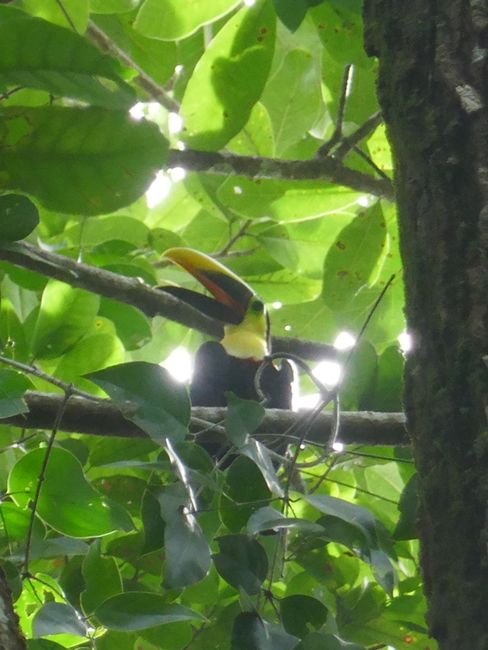










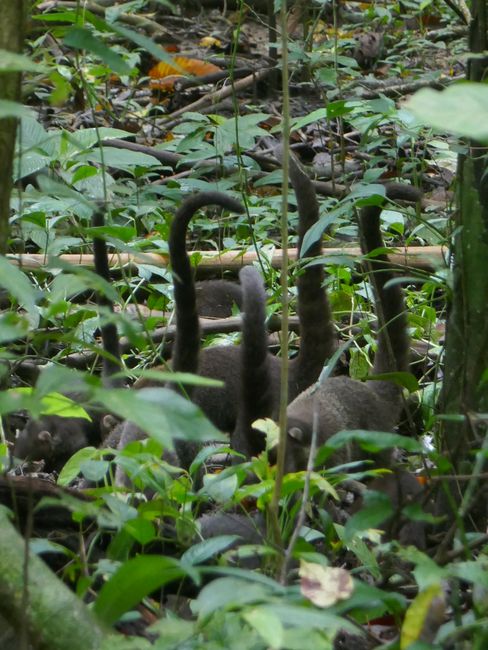





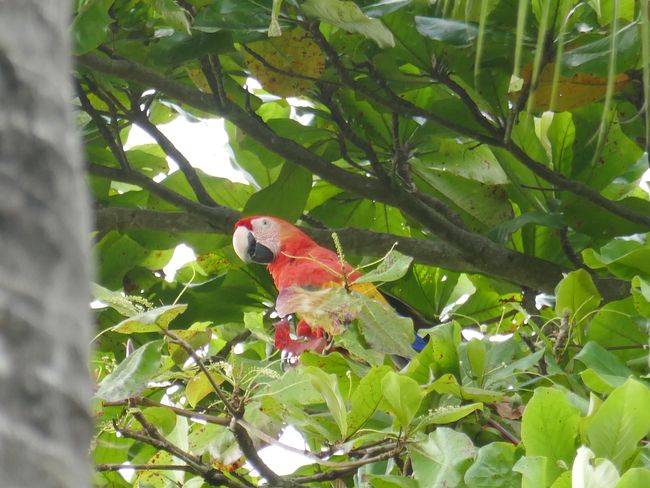
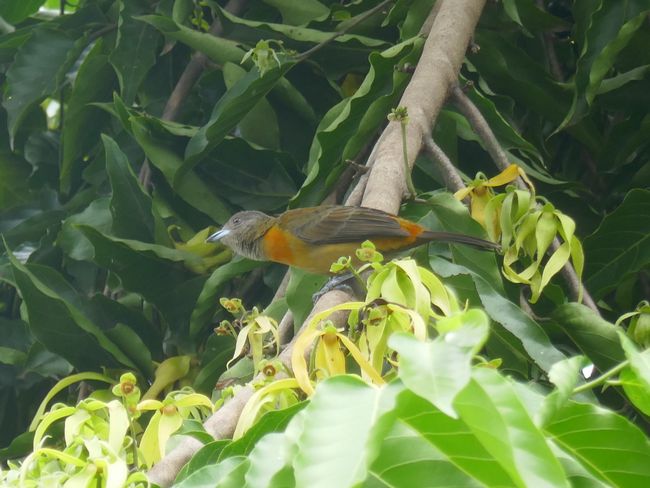











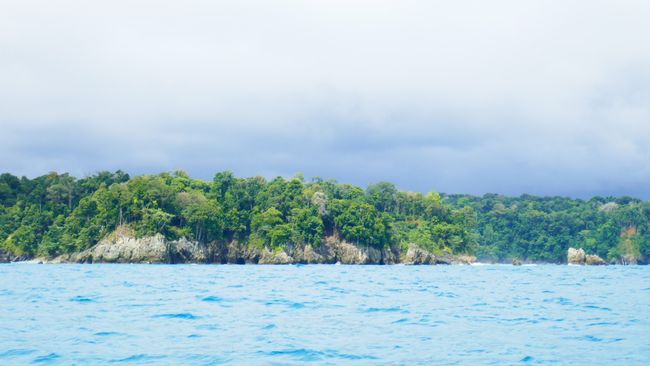




समाचारपत्रस्य सदस्यतां गृहाण
End of September 2018
Continuing from Manuel Antonio towards the south. Accurate information or bus schedules are rare in this area. So I assume that I won't be able to complete the relatively short journey in one day and will have to find a bed somewhere in between. The small town of Bahía Drake is located on the Osa Peninsula, on the Pacific coast, and can be reached by boat, with the last one departing at 3 p.m., or by a long bus journey, which is only possible if the river to be crossed does not have too much water.
I opt for the boat ride. And because it's Sunday, there is hardly any traffic on the roads and the protesters are also taking a break, I manage to reach Bahía Drake without any problems. Except that my hostel reservation is only valid for the next day. But it's low season and there is plenty of space everywhere.
For the next morning, I immediately book a bird watching tour. Because the birds are most active at dawn, it starts very early. At 6:00 a.m. we set off. Because no one else likes to get up at this time on this morning, I get a private tour. And as usual in Costa Rica, you don't have to wait long for the animals to show themselves. I already see the first flycatcher in the hostel. Many more follow. Among them the Blue-capped Motmot, which is supposed to be very rare. The guide himself was definitely very excited to discover it. Another highlight were the bright red macaws. They always travel as a pair or group and make quite a noise. But the splendor of their feather colors is beautiful. And of course, there were toucans or vultures to be seen again. A very successful morning.
Another excursion went to Corcovado National Park. Due to its seclusion, the Osa Peninsula, on which the park is located, has an enormous variety of plants and animals that can still live relatively undisturbed here. A one-hour boat ride takes us to the entrance. As soon as we are in the rainforest, everything crawls, flies, and runs around us. While we are watching a toucan in the treetops, the large tapir appears in front of us. Collared peccaries cross our path and a horde of coatis is not bothered while feeding. The diversity of species was already breathtaking in the previous places in Costa Rica, but here it is even more impressive. It is only when it starts to rain that the animals hide again in the canopy. It doesn't really make a difference whether you get wet from the rain or because you are sweating, because at some point it doesn't matter anymore. It is always so humid here that even the fresh clothes you take out of your backpack are already damp. But you get used to it to some extent 😆 On the return trip by boat, we see a humpback whale with its calf.
So my time in Costa Rica is coming to an end soon. I am already almost at the border with Panama. After a day of rest, we finally head to Boquete by car, bus, and ferry. An employee of the hostel is going to the city anyway and kindly gives us a ride. However, it is not clear until shortly before departure whether we can even drive at all. Because it rained at night and if the water in the river is too high, you cannot cross it. There is no bridge. But as I said, everything works out and we arrive on time in Puerto Jiménez, cross the Golfo Dulce by boat, and finally take a bus to the Panamanian border.
And besides, I'm traveling with someone this time. More about that in the next report.
PURA VIDA!
समाचारपत्रस्य सदस्यतां गृहाण
उत्तरम्

यात्राप्रतिवेदनानि कोस्टा रिका

